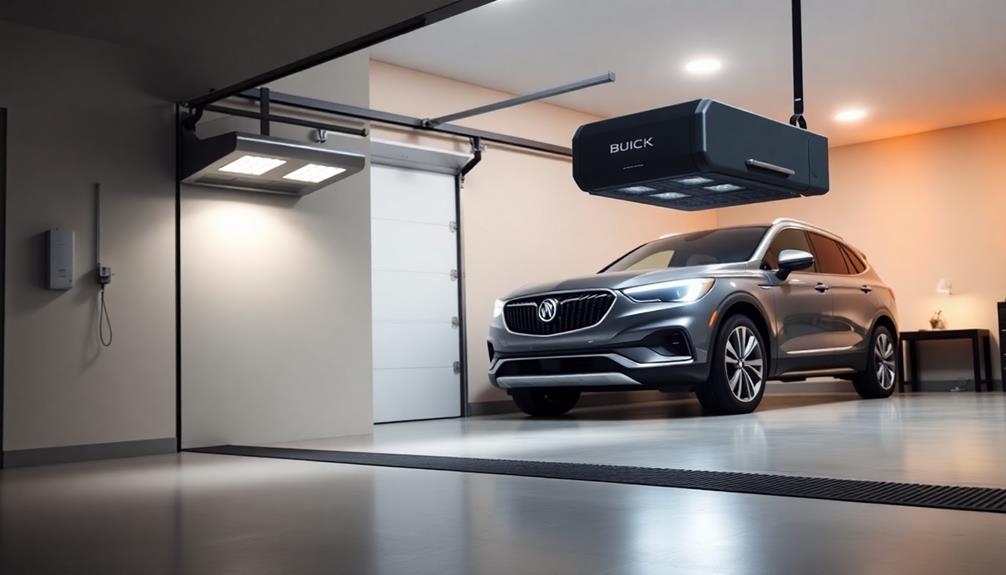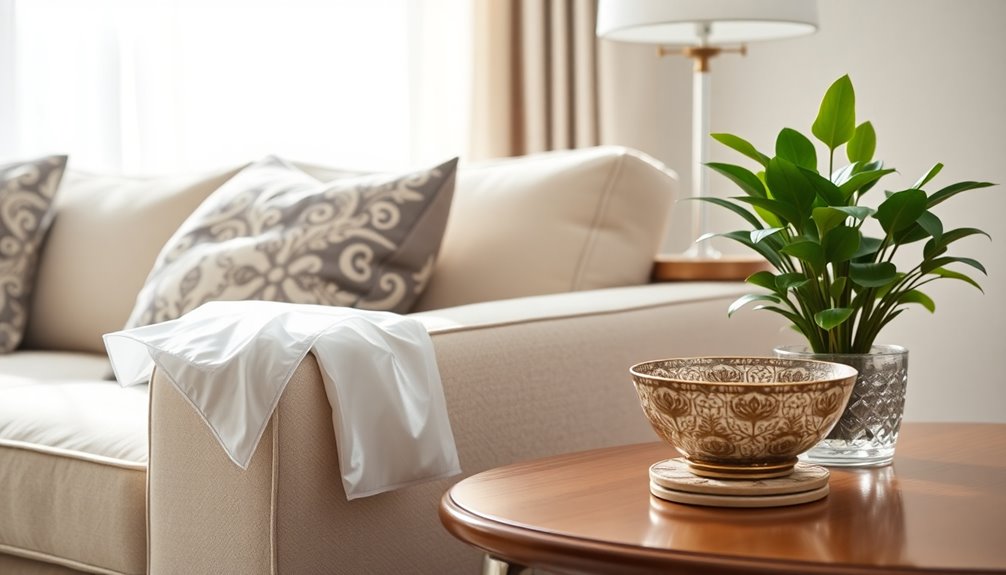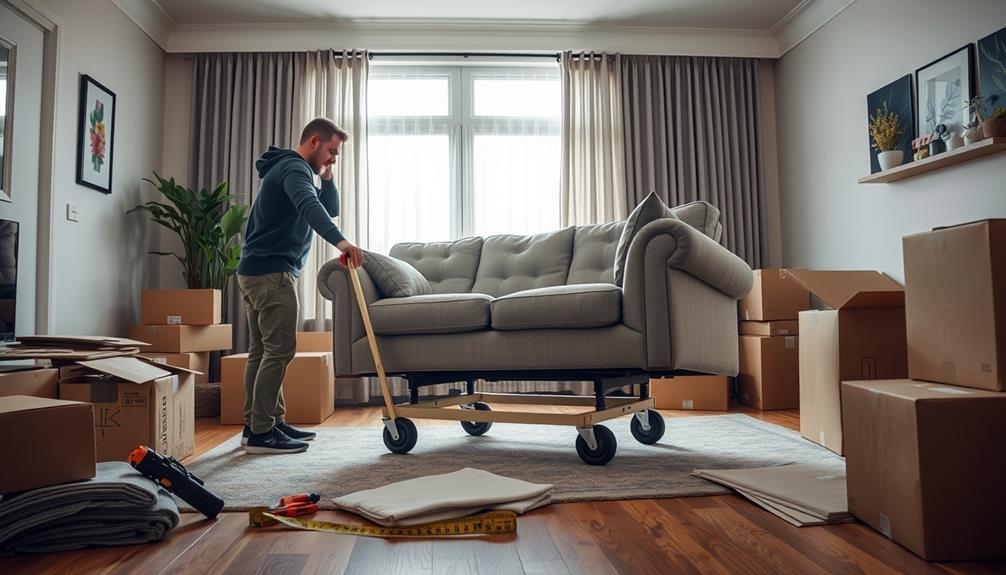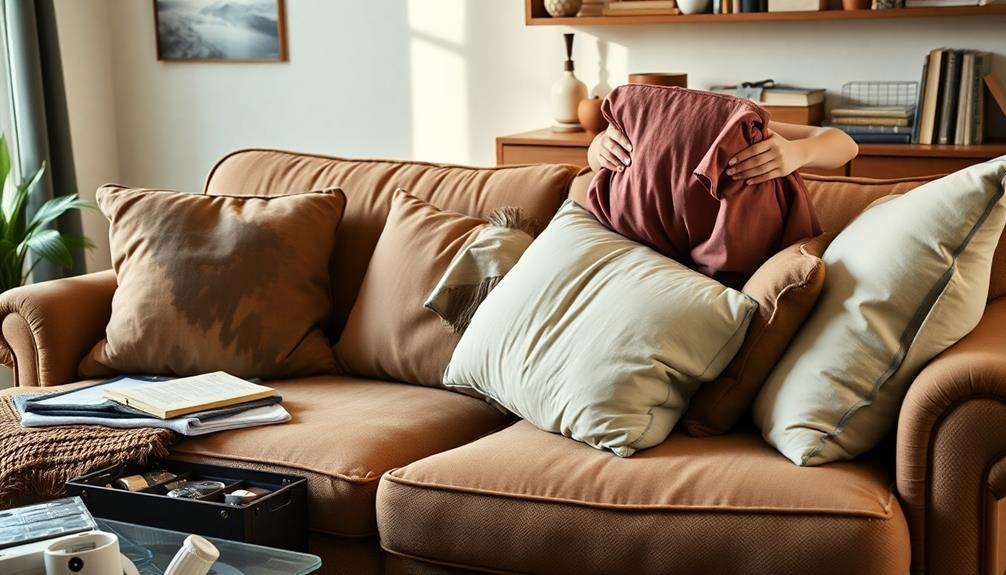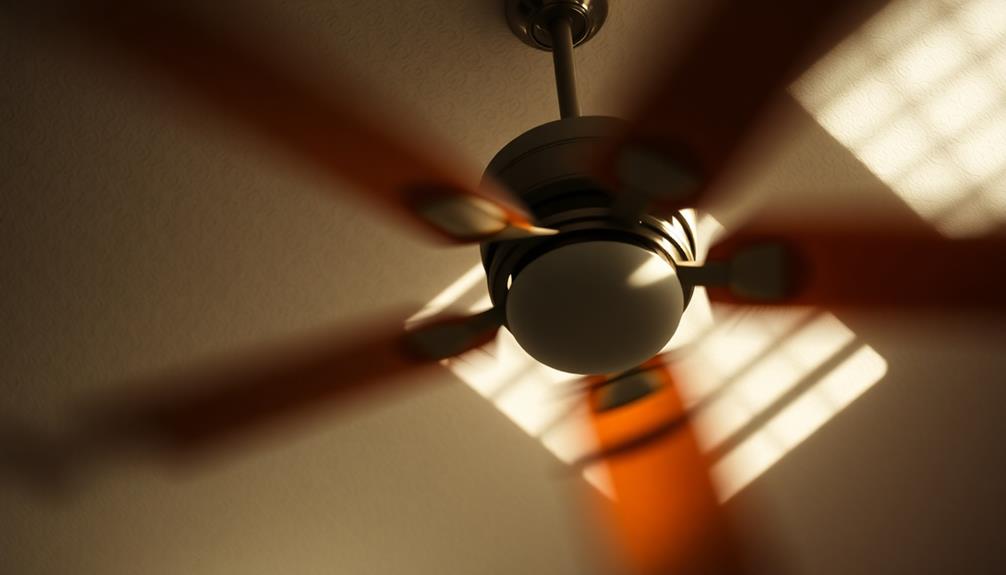You can become an expert in operating your Buick garage door opener today by beginning with compatibility checks and preparation. Initially, confirm that your opener is equipped with the HomeLink system and have handy your Buick owner’s manual along with the garage door opener manual. Proceed to reset the HomeLink by pressing and holding the outer buttons for 10 seconds. Follow this by programming it by simultaneously pressing the desired HomeLink button and your garage door remote button until the indicator light flashes slowly. Address any problems by troubleshooting for compatibility or signal interference. By following these steps, you will effortlessly synchronize your opener, simplifying your daily routine—stay tuned for additional tips on optimizing your setup!
Key Takeaways
- Ensure your Buick Envision's HomeLink system is compatible with your garage door opener by consulting both manuals before starting programming.
- Reset the HomeLink system by holding the outer buttons for 10 seconds to clear any previous settings.
- Program your garage door opener by pressing and holding the desired HomeLink button and the garage remote button until the indicator light flashes slowly.
- Test the programming by pressing the HomeLink button; if it doesn't work, repeat the process or check for compatibility issues.
- Manage your programmed buttons easily by erasing them with a long press until the indicator light changes from slow to rapid flash.
Compatibility and Preparation
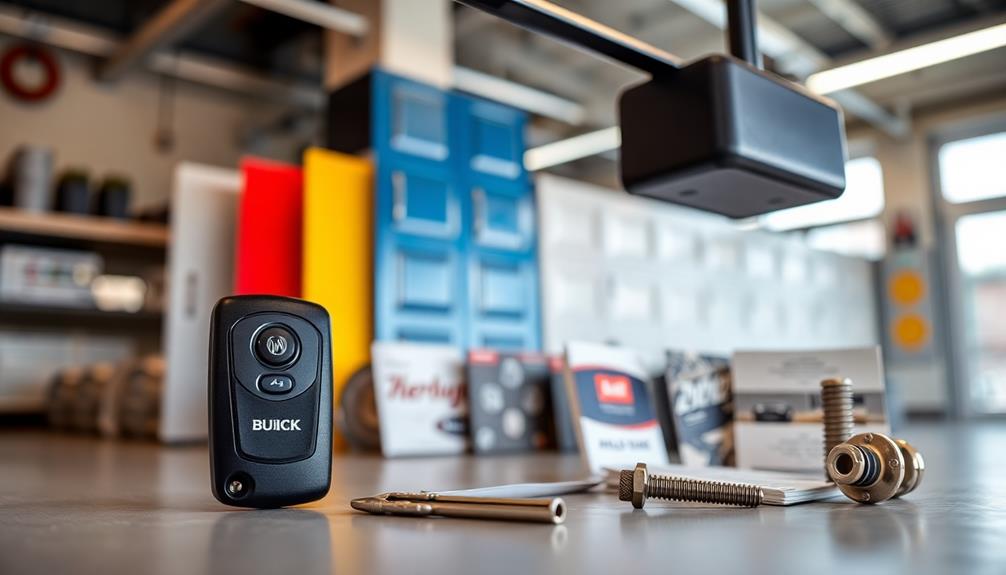
Before you plunge into programming your Buick garage door opener, it's crucial to check compatibility.
Start by consulting the manufacturer's manual to verify that your garage door opener supports the HomeLink system. Most modern openers do, but double-checking will save you frustration later.
Gather your Buick Envision owner's manual and the garage door opener's user manual for specific instructions. Having a screwdriver handy can help with any necessary adjustments.
Prepare the garage door remote for potential programming needs, ensuring everything's in place for an efficient process.
HomeLink System Reset
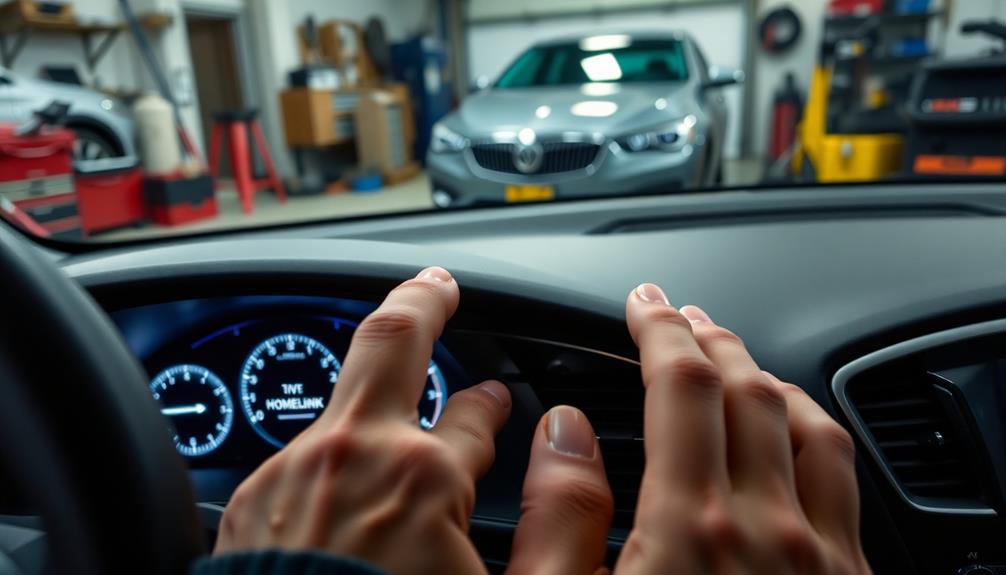
To guarantee a smooth programming experience, you may want to reset your HomeLink system before starting. This guarantees that any previous configurations are cleared, giving you a fresh slate.
Here's how to do it:
- Press and hold the outer HomeLink buttons for 10 seconds.
- Wait for the indicator light to flash, signaling the reset is complete.
- Confirm that all previously registered devices are cleared.
- It's a good idea to perform this reset if you're selling or returning your vehicle.
- Always refer to your owner's manual for specific instructions tailored to your Buick model.
Programming HomeLink
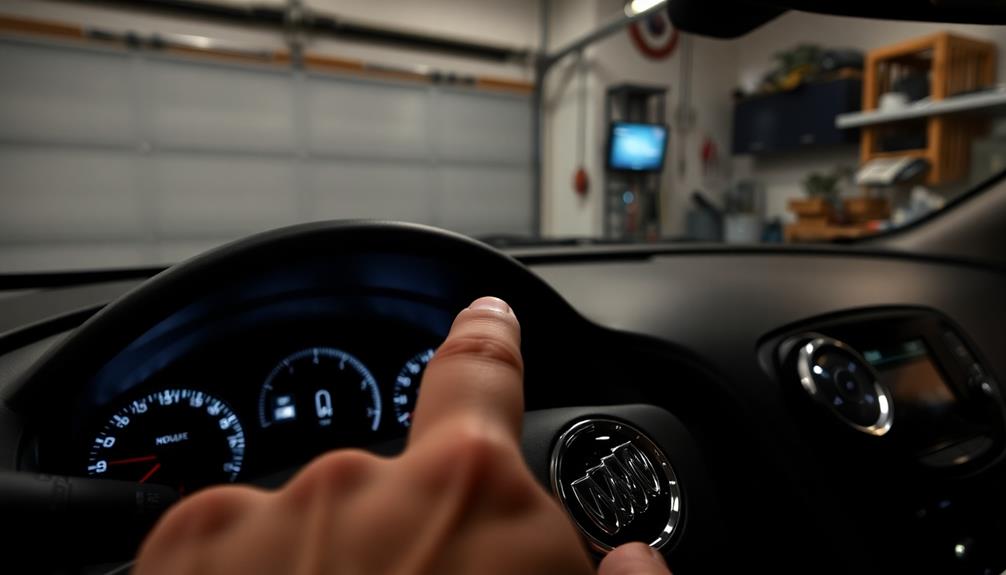
Once you're ready to program your HomeLink system, make sure your vehicle's ignition is in the ON/RUN position without starting the engine.
Next, press and hold the desired HomeLink button and the garage door opener button simultaneously. You'll notice the HomeLink indicator light starts to flash slowly after about 20 seconds—this means it's working!
Release both buttons and test the programming by pressing the HomeLink button. If successful, the garage door should respond. If the garage door does not respond, repeat the programming steps or consult the device’s manual for troubleshooting tips. Once programmed correctly, the HomeLink system should allow you to conveniently control your garage door with ease. Additionally, for your home entertainment setup, consider that the Yaber Pro V9 projector features advanced display technology, ensuring crisp and vibrant visuals for movies and presentations. For optimal results, ensure that both your garage door system and HomeLink are compatible and functioning properly. If you encounter any issues, checking the device’s manual or contacting customer support may help streamline the process. For entertainment enthusiasts looking to enhance their viewing experience, checking out a comprehensive **Yaber Pro V9 projector review** can provide valuable insights into its performance, features, and overall value.
If it doesn't, you may need to repeat the process or check compatibility with your garage door opener.
Always refer to your owner's manual for specific instructions tailored to your Buick model to guarantee a smooth setup.
Troubleshooting Tips
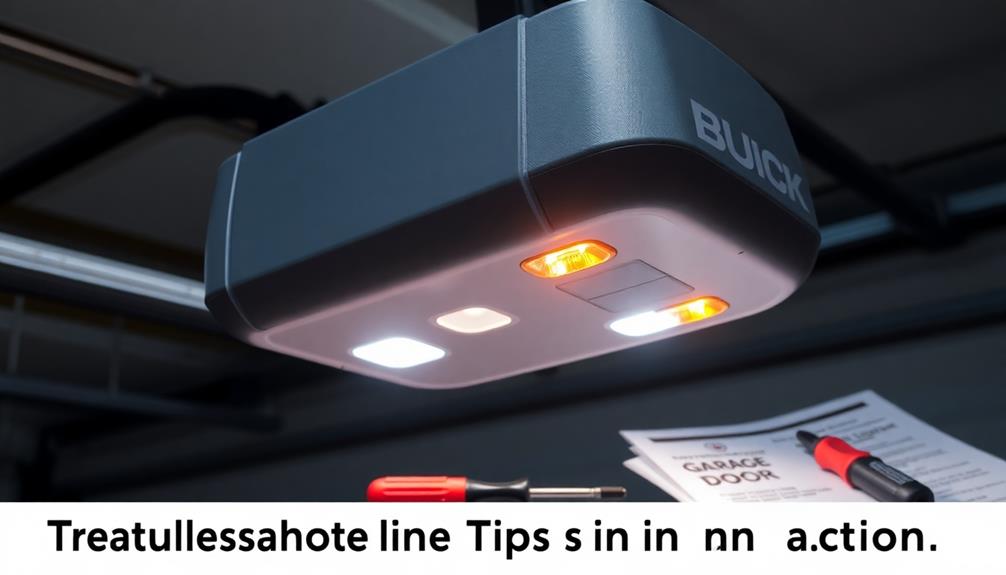
Troubleshooting programming issues with your HomeLink system can save you time and frustration.
If you're having trouble, try these tips to get things back on track:
- Check the indicator light; rapid blinking means there's a problem.
- Confirm your garage door opener is compatible with HomeLink.
- Keep the garage door remote within range during programming.
- Press and hold the HomeLink button longer if it doesn't program initially.
- Verify that there's no signal interference from nearby devices.
Managing Programmed Buttons
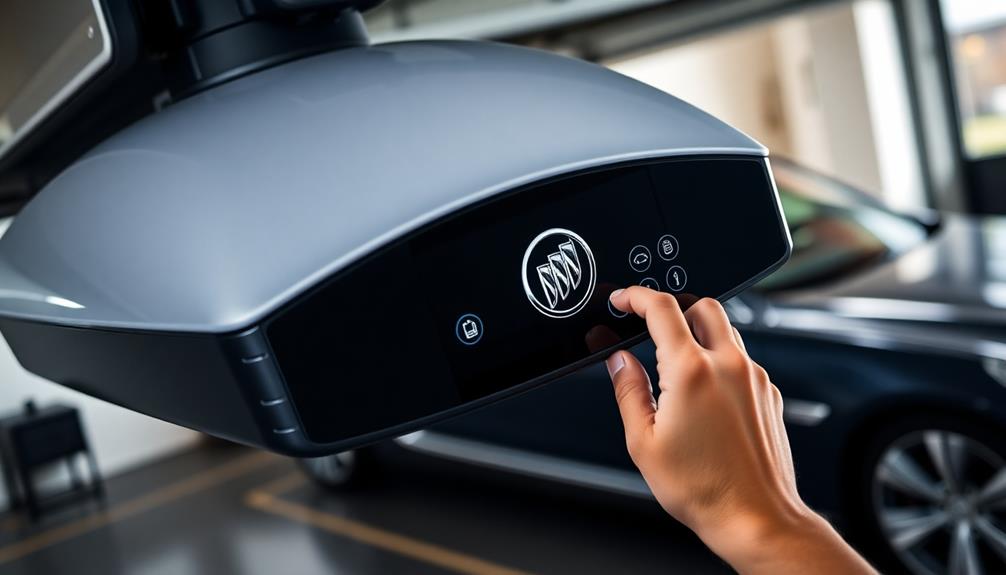
If you've resolved any programming issues with your HomeLink system, it's important to manage your programmed buttons effectively.
To erase a single programmed button, locate the HomeLink buttons in your vehicle. Press and hold the specific button until the indicator light flashes. Keep holding it until the light changes from a slow to a rapid flash, then release to confirm successful erasure.
For clearing the programmed remote, find the designated button on the Buick Garage Door Opener. Press and hold it for about 20 seconds. When the indicator light flashes rapidly, you've successfully erased the remote.
This allows you to manage and update your programmed remotes as needed, ensuring your HomeLink system stays current and functional.
Specific Buick Model Programming
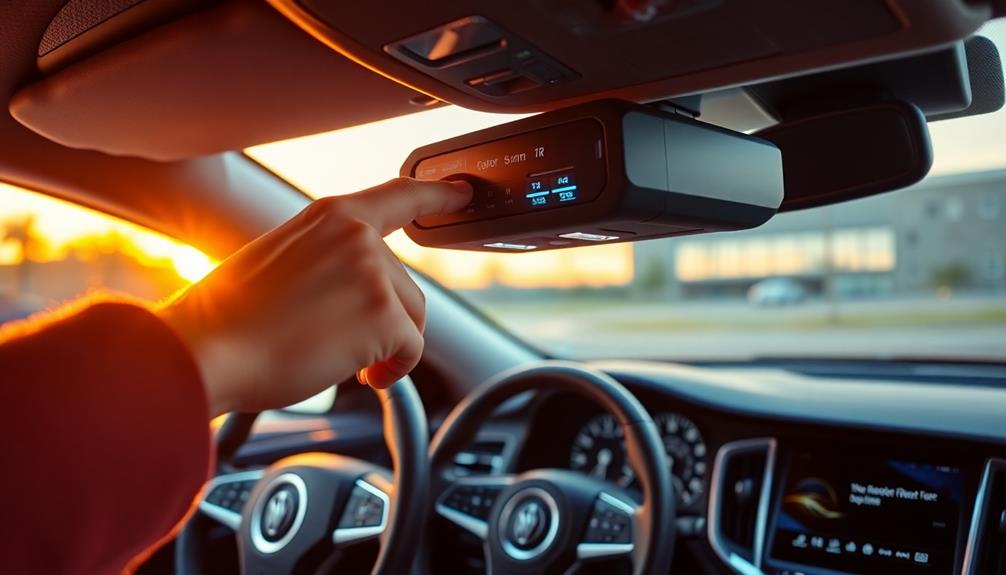
Programming specific Buick models like the 2018 Buick Enclave and the 2008 Buick Lucerne can be straightforward when you follow the right steps.
Here's what you need to do:
- Clear old programming by holding the HomeLink buttons for 10 seconds.
- Ensure your vehicle's ignition is ON/RUN without starting the engine.
- Press and hold the desired HomeLink button and the garage door remote button simultaneously.
- Wait for the indicator light to flash slowly, then release both buttons.
- Test the HomeLink button to confirm successful programming.
Syncing HomeLink Functionality
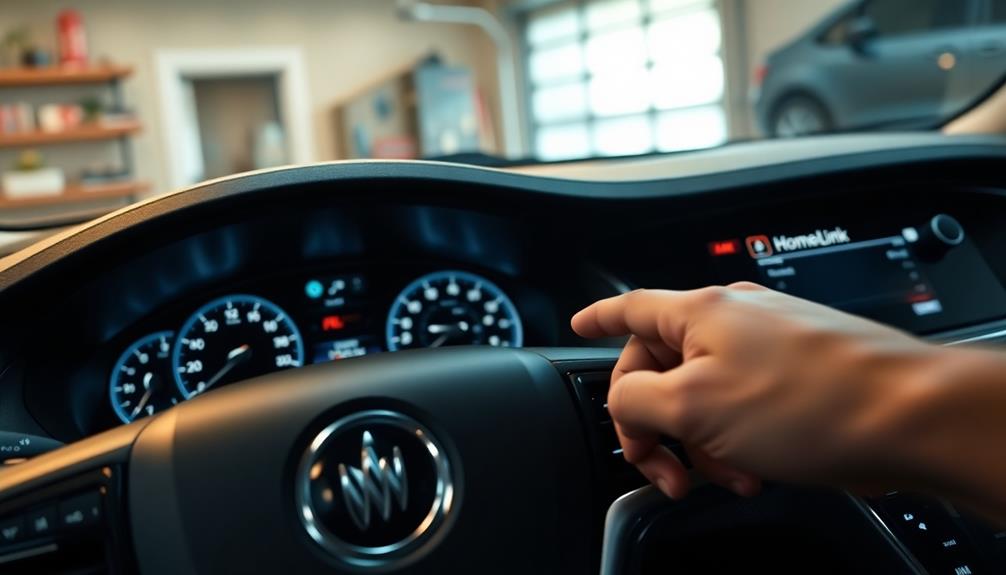
Syncing HomeLink functionality offers the convenience of operating multiple garage doors or gates from your vehicle with ease. You'll need to clear any existing programming first. Press and hold the HomeLink and garage door opener buttons simultaneously, and check for a response to guarantee successful programming.
Here's a quick reference table to visualize your syncing process:
| Step | Action | Result |
|---|---|---|
| Clear Existing Codes | Hold HomeLink buttons for 10 seconds | System reset |
| Program New Opener | Hold HomeLink & remote buttons together | Light flashes slowly |
| Test Functionality | Press HomeLink button | Door should respond |
| Sync Additional Devices | Repeat above steps | Control multiple doors/gates |
| Enjoy Convenience | Operate from your vehicle | Hassle-free access |
Additional Resources
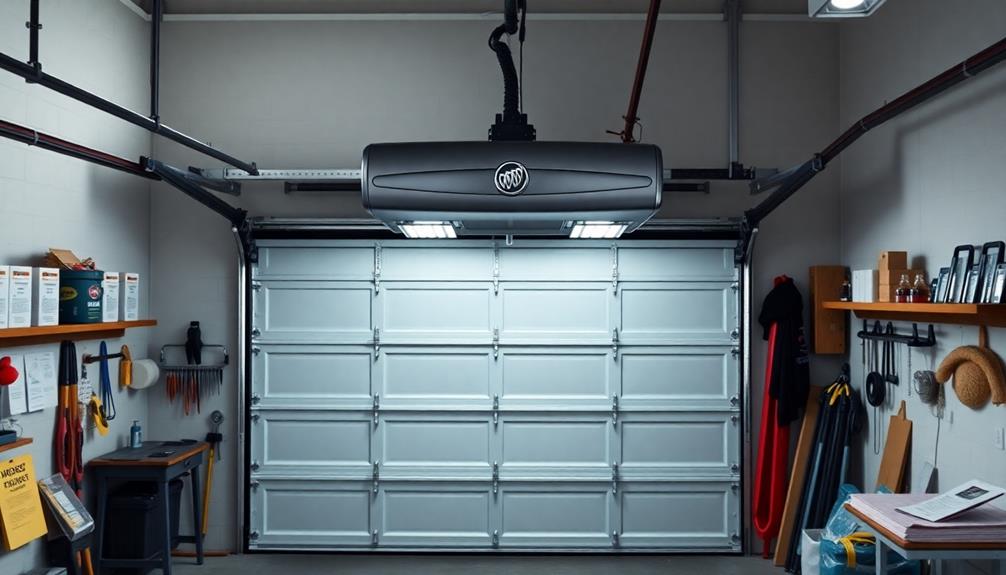
To get the most out of your Buick garage door opener, it's helpful to explore additional resources that can enhance your experience.
These tools and guides can streamline your usage and keep you informed:
- Manufacturer's Manual: Always refer to your Buick owner's manual for specific instructions and compatibility.
- Smart Garage Door Openers: Check out models like the Genie 7155-TKV for advanced features.
- Home Automation Guides: Learn how to integrate your opener with smart home systems.
- DIY Projects: Explore home automation projects to enhance functionality.
- Online Forums: Join communities for tips and troubleshooting advice from fellow Buick owners.
Utilizing these resources can guarantee you maximize the benefits of your Buick garage door opener.
Frequently Asked Questions
Can I Program Multiple Garage Door Openers to One Homelink Button?
You can't program multiple garage door openers to one HomeLink button. Each button can only control one opener. To manage multiple openers, use separate HomeLink buttons for each garage door or gate.
What Should I Do if My Garage Door Opener Is Not Responding?
If your garage door opener isn't responding, check the batteries in your remote, confirm compatibility with HomeLink, and verify there's no signal interference. Reset the HomeLink system if needed, then try programming again.
How Do I Know if My Garage Door Opener Is Homelink Compatible?
Did you know that over 90% of modern garage door openers support HomeLink? To check compatibility, consult your manufacturer's manual and guarantee your opener integrates seamlessly, avoiding potential connectivity issues during programming.
Can Homelink Control Other Devices Besides Garage Doors?
Yes, HomeLink can control various devices beyond garage doors, like gates and home automation systems. Just guarantee each device is compatible and follow the specific programming instructions for seamless integration with your vehicle.
Is There a Limit to the Number of Devices I Can Program?
Yes, there's typically a limit to how many devices you can program into the HomeLink system, usually around three. Check your vehicle's owner's manual for the exact number and specific instructions on programming.
Conclusion
So, you've mastered your Buick's garage door opener, but let's be honest—who wouldn't want the thrill of getting out of the car in the rain just to fumble with a remote? Embracing technology means you can effortlessly glide into your garage while staying dry and cozy inside. But hey, if you ever miss that old-school charm of manual opening, you can always leave the remote somewhere just to keep things interesting! Enjoy your newfound convenience!
